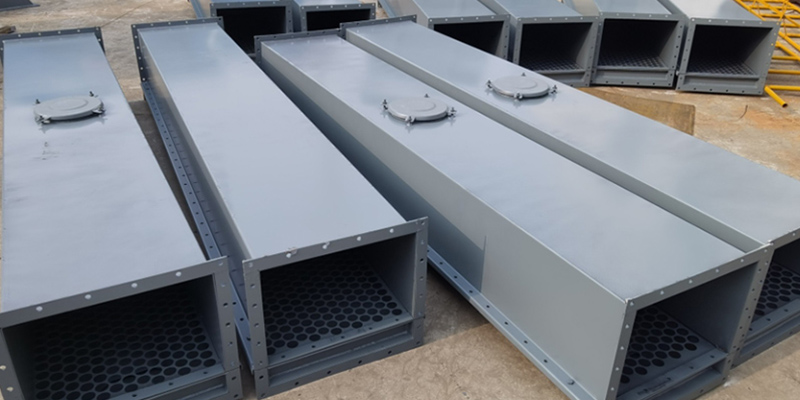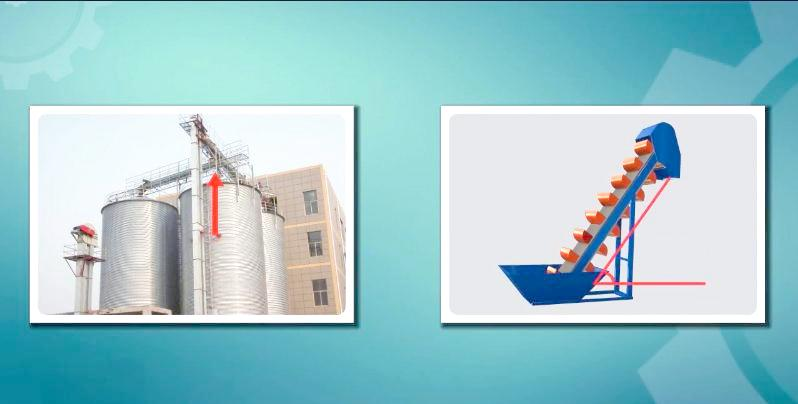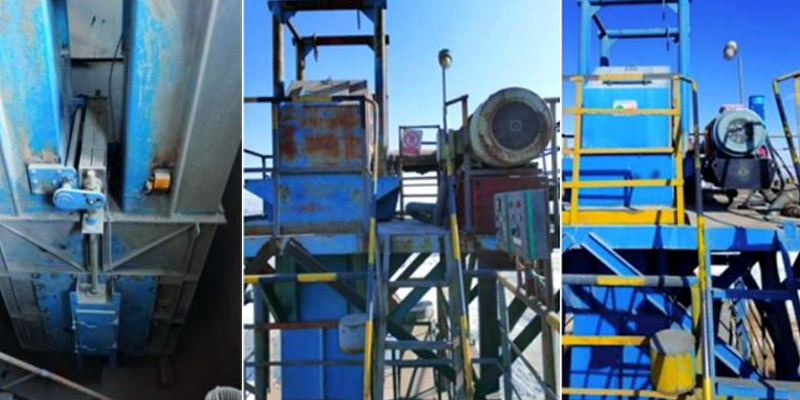In the world of bulk material handling, efficiency and gentle product transport are paramount. While many are familiar with mechanical options like belt conveyors or screw conveyors, a highly efficient pneumatic solution often operates behind the scenes: the air slide conveyor. This system is a cornerstone for industries dealing with fine, dry powders. But what is an air slide conveyor? Simply put, it is a system that uses low-pressure air to fluidize and convey powdered materials along a downward-sloping trough, enabling smooth, continuous flow with minimal energy and moving parts. This article delves deep into the function, mechanics, and vast applications of this remarkable technology.
What is the Function of the Air Slide?
The primary function of an air slide is to transport dry, finely divided powders over relatively short distances in a controlled and efficient manner. Unlike mechanical conveyors that use belts, chains, or screws to push or pull material, an air slide conveyor relies on the principle of aeration. Its core tasks are to:
- Fluidize Material:Transform powdered material from a static solid state into a dynamic, fluid-like state.
- Facilitate Gravity-Flow:Allow the fluidized material to flow effortlessly down a slight incline.
- Provide a Sealed Environment:Ensure dust-free operation by containing the material and air within an enclosed housing.
This makes it ideal for handling materials like cement, fly ash, flour, and alumina, where contamination or degradation must be avoided.
How Do Air Conveyors Work? Understanding the Air Slide Working Principle
The magic of an air slide conveyor system lies in its elegant simplicity. Here’s a step-by-step breakdown of its mechanism:
- Aeration:The heart of the system is a porous media, typically a specialized fabric, that lines the bottom of the conveyor’s trough. Low-pressure air (from a blower) is introduced into a plenum chamber beneath this media.
- Fluidization:This air permeates evenly up through the porous media. As it passes through the layer of powder resting on top, it aerates the particles, reducing internal friction and causing the powder to behave like a fluid.
- Gravity-Driven Conveying:Once fluidized, the material gains liquid-like properties. Because the trough is set on a slight decline (typically 2-6 degrees), gravity pulls the fluidized mass downward.
- Controlled Discharge:The material flows smoothly along the trough until it reaches the discharge point, which can be a silo, feeder, or another stage in the processing line.
The entire process is remarkably quiet, energy-efficient, and gentle on the product, preventing particle degradation.
Key Components Driving the System
A reliable air slide conveyor is more than just a sloped box. Its effectiveness depends on several critical components:
- Trough:The U-shaped or rectangular housing that contains the material. It must be robust and sealed to prevent air leakage.
- Porous Media:This is the most crucial element. It must allow for uniform air distribution while being resistant to abrasion, clogging, and chemical attack. The choice of media fabric is a central aspect of optimal air slide conveyor design.
- Air Plenum:The chamber located beneath the porous media that distributes the low-pressure air evenly across its entire surface.
- Blower / Air Source:Provides the consistent, low-pressure air required for fluidization. The volume and pressure are carefully calculated based on the material and conveyor length.
Where is it Used? Air Slide in Cement Plant and Beyond
The air slide conveyor is a workhorse in numerous industries. Its most iconic application is within a cement plant.
- Air Slide in Cement Plant:These conveyors are indispensable for handling cement raw meal, and finished cement, and transporting dust from electrostatic precipitators. They are preferred over alternatives like a screw conveyor in these applications because they are virtually maintenance-free and can handle high temperatures.
- Other Common Applications:Fly ash handling at power plants, transporting flour in food processing, conveying alumina in metallurgical processes, and handling plastic powders and other chemicals.
Choosing the Right System: A Guide to Selection
Selecting the right air slide conveyor requires careful consideration. Key factors include:
- Material Characteristics:Particle size, moisture content, and abrasiveness are critical. The material must be readily fluidizable.
- Conveying Rate and Distance:Air slides are best suited for moderate capacities and distances; for very long distances, a different Conveying System might be necessary.
- Slope Angle:This must be optimized based on the material’s flowability to ensure efficient movement without using excessive air.
- Manufacturer Expertise:Partnering with reputable air slide conveyor manufacturers is vital. They can provide engineering support to ensure the air slide conveyor design is perfectly tailored to your specific needs and material.
Advantages Over Other Conveying Methods
Why choose an air slide conveyor over a belt conveyor or screw conveyor?
- Low Maintenance:With no moving parts in contact with the material, wear and tear are drastically reduced.
- Gentle Handling:The fluidizing action is exceptionally gentle, preserving product integrity.
- Dust-Free Operation:The fully enclosed design contains the material, making it an environmentally clean solution.
- Energy Efficiency:It consumes significantly less power than many mechanical conveyors of similar capacity.
- Cost-Effective:Lower initial investment and minimal maintenance costs lead to a low total cost of ownership.

Frequently Asked Questions (FAQ)
Q1: What is an air slide conveyor, and how does it differ from a pneumatic conveyor?
An air slide conveyor is a type of gravity-based pneumatic conveyor that uses aeration to make powder flow down a slope. Traditional high-velocity pneumatic conveyors use high-pressure air to push material through pipes, which is more suitable for longer distances and can be more abrasive.
Q2: Can an air slide be used for mixing materials?
While its primary function is conveying, the fluidization process does provide a mild homogenizing effect. However, it is not a substitute for a dedicated mixer.
Q3: What materials are best suited for an air slide conveyor?
It is ideal for dry, powdered materials with a particle size typically under 200 microns, such as cement, fly ash, pulverized limestone, and flour. Materials with high moisture content will not fluidize and are unsuitable.
Q4: What are the main advantages of using an air slide in a cement plant?
The key advantages are reliability, minimal maintenance (a significant advantage over screw conveyors), ability to handle hot materials, and completely dust-free transport, which is critical for both product loss and environmental health.
In conclusion, the air slide conveyor system is a masterpiece of efficient engineering for powder handling. Its simple, robust, and low-maintenance design offers unparalleled advantages in the right applications. By understanding its working principle and proper selection criteria, you can leverage this technology to significantly optimize your Conveying System operations.




